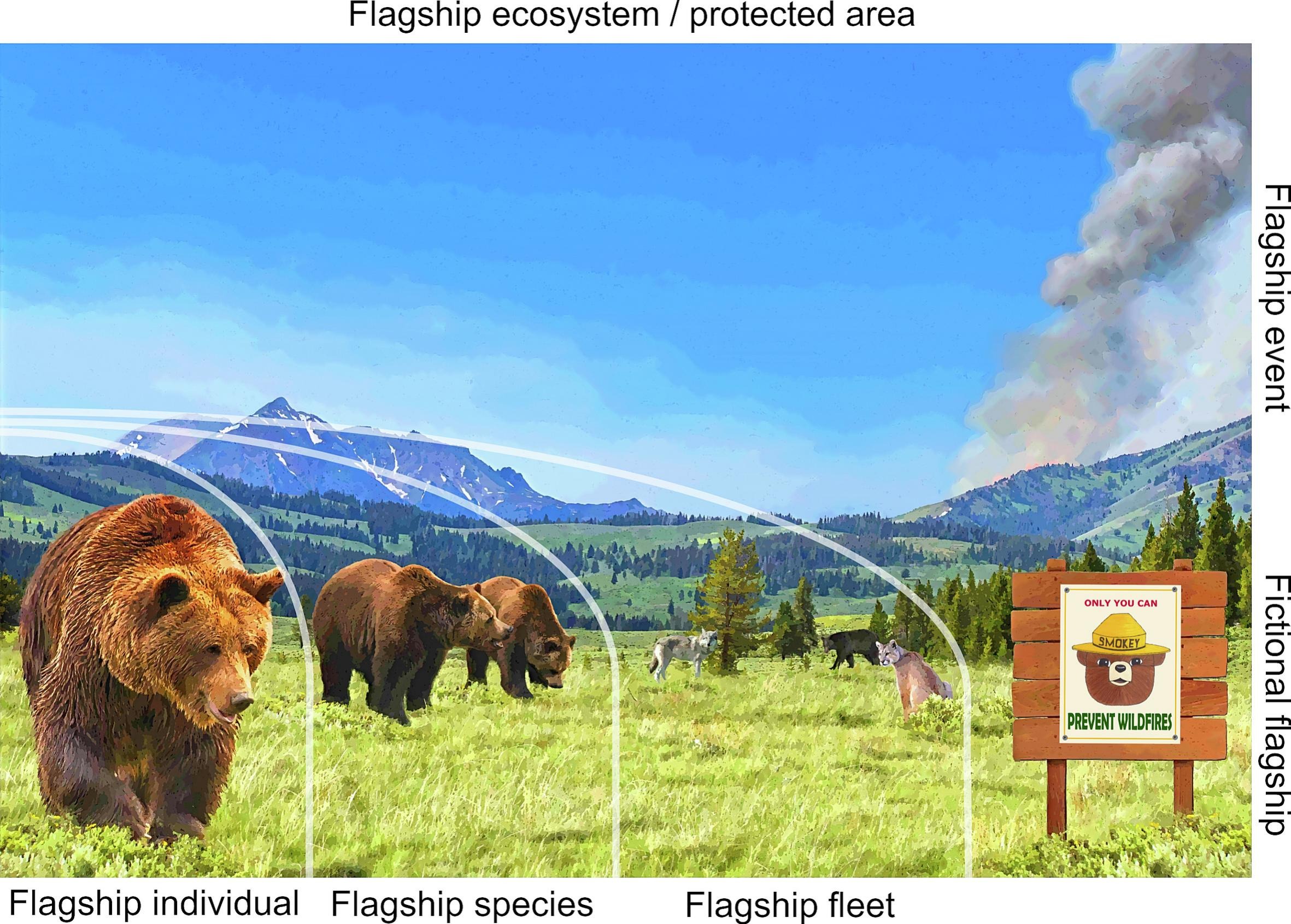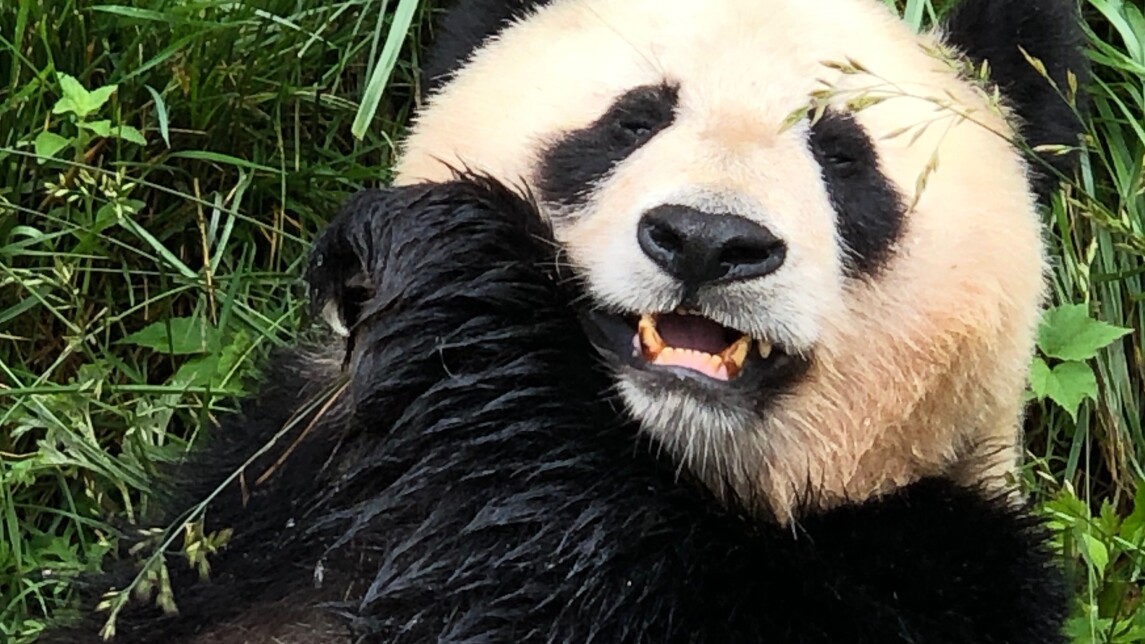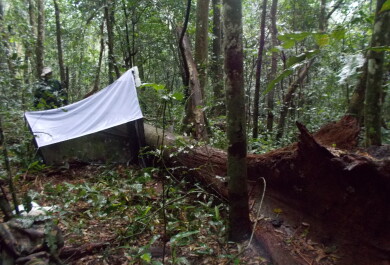When people think about conservation symbols, certain well-known and emblematic species typically come to mind, such as pandas, tigers, elephants, polar bears or dolphins. Such iconic animals, referred to as flagship species, are widely used in conservation campaigns to capture public attention and mobilize support for conservation goals. However, a new study by an international team of researchers argues that the idea of conservation flagships should be much more diverse, by moving beyond flagship species to a wider range of flagship categories.
A new study by an international team of researchers introduces an inclusive new concept called “flagship entity” - a term for anything that can serve as a symbol to inspire people to care for nature.
“While a flagship entity can certainly be an animal,” explains Ivan Jarić, a researcher from the University of Paris-Saclay in France and the Czech Academy of Sciences, and lead author of the study, “it can also be a forest, a coral reef, a ‘celebrity’ individual such as ‘Lonesome George’ the tortoise, or even a spectacular natural event such as the massive flower blossoming, the emergence of mayflies from a river, or the migration of monarch butterflies, as long as it helps people connect emotionally with nature and conservation goals.”
The study also provides a strategic roadmap to effectively select and use the right type of flagship for each unique audience and conservation goal.
“We want to encourage conservationists to plan their campaigns more like marketers, and select their flagship based on public preferences and cultural values”, explains Diogo Veríssimo from the University of Oxford, another author of the study. “It is important to bear in mind that the most effective conservation flagships aren’t always the biggest, most colourful or famous animals. What matters more is how well they resonate with specific audiences.”
 In recent years, the concept of conservation flagship has been extended beyond species to include more flagship categories, illustrated in this example of the Yellowstone ecosystem: individuals, species, fleets, events and fictional flagships. The flagship individual is represented by the park's well-known female grizzly bear, the flagship species is represented by grizzly and black bears, the flagship fleet is the entire preserve ecosystem, a wildfire represents flagship events, and the fictional symbol is a drawing of a bear. The researchers suggest that these different flagship entities should be used in a more diverse way to promote conservation objectives. Image: Snežana Leskovar ja Irena Jarić.
In recent years, the concept of conservation flagship has been extended beyond species to include more flagship categories, illustrated in this example of the Yellowstone ecosystem: individuals, species, fleets, events and fictional flagships. The flagship individual is represented by the park's well-known female grizzly bear, the flagship species is represented by grizzly and black bears, the flagship fleet is the entire preserve ecosystem, a wildfire represents flagship events, and the fictional symbol is a drawing of a bear. The researchers suggest that these different flagship entities should be used in a more diverse way to promote conservation objectives. Image: Snežana Leskovar ja Irena Jarić.
One of the key recommendations of the study is that the selection of flagships shouldn’t be based on preconceptions of which flagships should work, but that their selection should be tailored to a specific audience.
“Conservationists should plan well ahead when using conservation flagships and carefully consider the best entity that can connect with specific audiences to foster engagement with nature and promote biodiversity conservation” says Assistant Professor Ricardo Correia from the University of Turku, who was involved in the study.
Careful consideration is also important to avoid potential unintended adverse consequences.
“Unintended negative consequences can include inadvertently encouraging unsustainable exploitation, wildlife trafficking, or excessive tourism and disturbance that may result from the increased publicity and popularity of the promoted flagship,” Correia adds.
It is also necessary to evaluate whether a chosen flagship actually leads to real-world impacts.
“With biodiversity loss threatening ecosystems around the world, it is crucial to rethink how we inspire public support”, suggests Sarah Crowley from the University of Exeter, another author of the study. “We also call for more research into what truly makes a conservation campaign effective — including subconscious audience preferences and economic impacts.”
The study is published in the journal Biological Conservation





